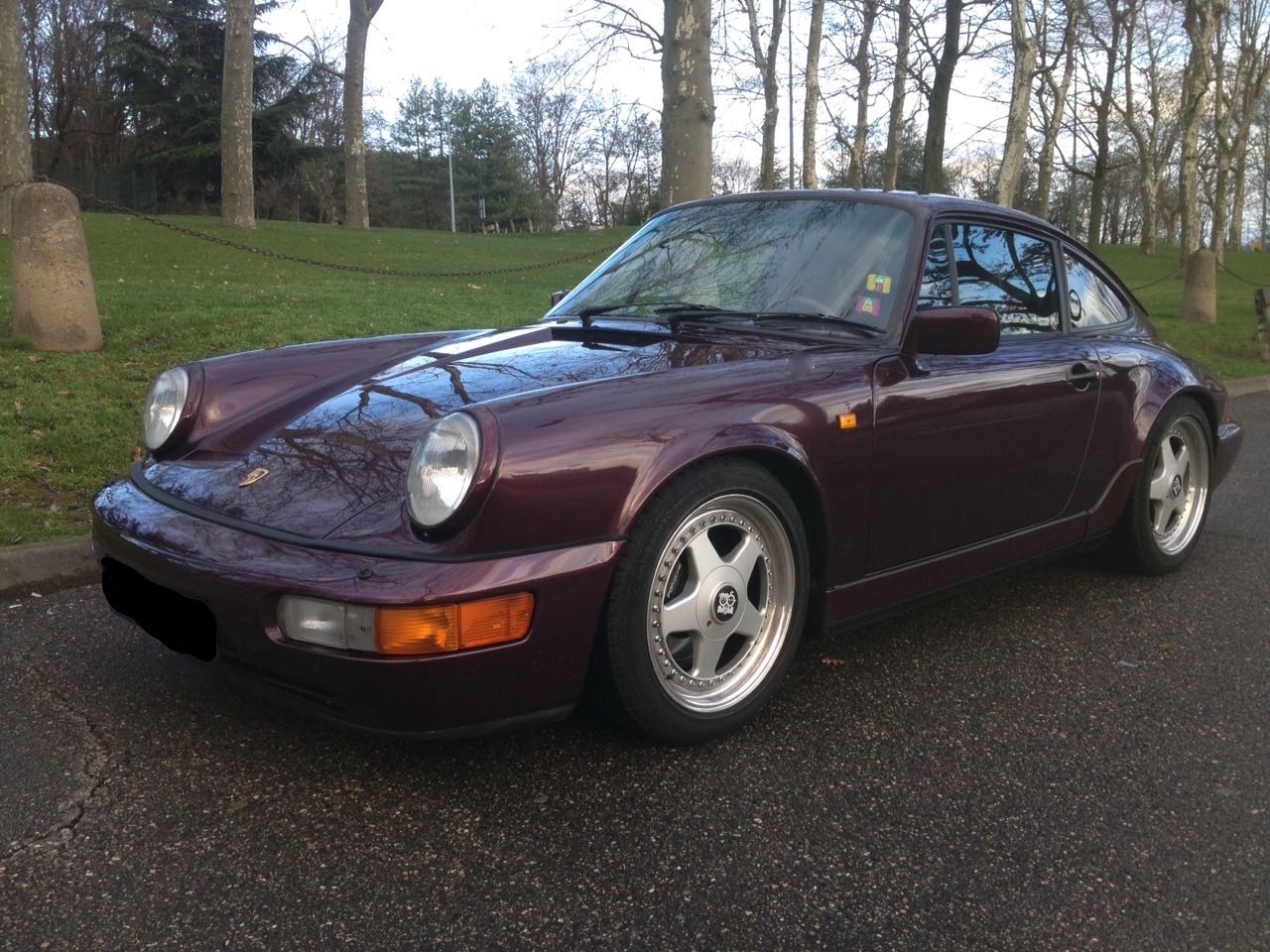

This gave birth to the body style we now know as Targa-top – not to be confused with T-top, which employs a central beam running from the windshield back to the roll bar (hence the “T”). led to the addition of a stainless-steel roll hoop right behind the seats. However, concerns over increasingly stringent safety regulations in the U.S. Initially, the firm wanted a traditional cabrio to accompany the coupe models and thus diversify the lineup. Capacity and power output grew steadily over the coming years, and Porsche went on to introduce the Targa variant come 1967. soil just five months later, the P-car's earliest iteration had a rear-mounted, air-cooled flat-six displacing two liters, with a sensible 130 naturally aspirated ponies on tap. The 911 was to replace the outgoing 356 – the company’s first car – and production commenced in September 1964.Īrriving on U.S. This was only the case in France, but Porsche decided to change the model’s nomenclature altogether instead of simply renaming it for that particular market.


It would’ve been called the 901 if it weren’t for Peugeot and their exclusive rights over car names made of three digits and a zero in the middle. Penned by Ferdinand Porsche’s grandson and namesake Ferdinand Alexander Porsche (or “Butzi”), the 911 made its first public appearance at the Frankfurt Motor Show of 1963. There are many analogies we could use here, but let’s just say the flagship 911 nameplate is to Porsche what Thor’s hammer is to the god of thunder himself.


 0 kommentar(er)
0 kommentar(er)
